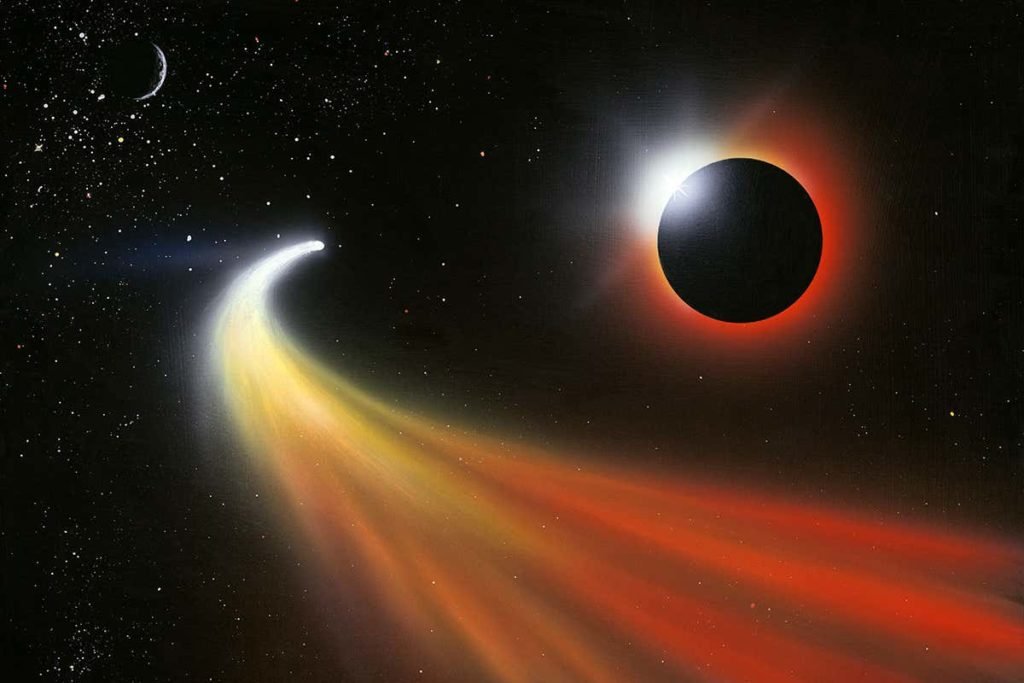Astronomers spy a 2nd interstellar visitor

Astronomers are thrilled this week about a newly discovered object that appears to have come from interstellar space. The official confirmation that this object – labeled C/2019 Q4 – is interstellar has not yet been made, but if it is, it would be only the second such object detected. How exciting is that? First, there was only one known object – which earthly astronomers named ‘Oumuamua – observed and confirmed as interstellar, in October 2017. And now there are two. The second (“likely”) interstellar object has been designated C/2019 Q4 (Borisov). Gennady Borisov of Ukraine – an optician by trade – discovered it August 30, 2019, at the MARGO observatory in Nauchny, Crimea.
A statement from NASA called the object a “comet” and said:
The new comet, C/2019 Q4, is still inbound toward the sun, but it will remain farther than the orbit of Mars and will approach no closer to Earth than about 190 million miles (300 million km).
After the initial detections of the comet, Scout system, which is located at NASA’s Jet Propulsion Laboratory in Pasadena, California, automatically flagged the object as possibly being interstellar. Davide Farnocchia of NASA’s Center for Near-Earth Object Studies at JPL worked with astronomers and the European Space Agency’s Near-Earth Object Coordination Center in Frascati, Italy, to obtain additional observations. He then worked with the NASA-sponsored Minor Planet Center in Cambridge, Massachusetts, to estimate the comet’s precise trajectory and determine whether it originated within our solar system or came from elsewhere in the galaxy.
Farnocchia said:
The comet’s current velocity is high, about 93,000 mph [150,000 kph], which is well above the typical velocities of objects orbiting the sun at that distance. The high velocity indicates not only that the object likely originated from outside our solar system, but also that it will leave and head back to interstellar space.








